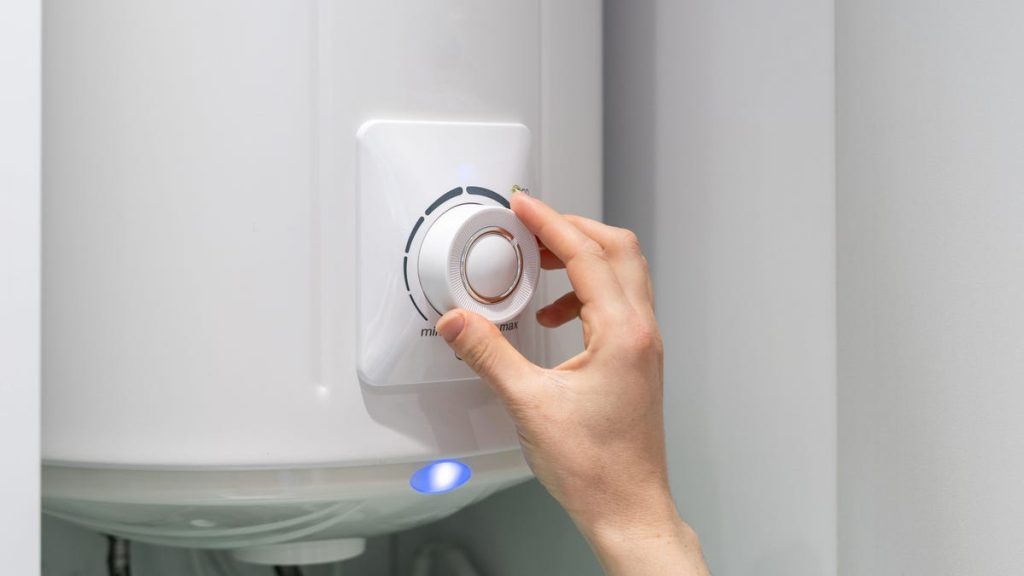It may not be widely known, but water heating costs can make up a significant portion of your utility bills each month. In fact, it can account for 14% to 18% of an average utility bill, according to the Department of Energy. Making a simple adjustment to the temperature of your water heater can lead to significant savings. By lowering the temperature to 120 degrees Fahrenheit, you can save up to $400 per year and reduce energy consumption by 4% to 22%. This adjustment, when combined with other energy-saving strategies, can have a noticeable impact on your overall costs.
Changing the temperature of your water heater is a straightforward process that involves turning a dial or entering a temperature setting. The default temperature for most water heaters is 140 degrees Fahrenheit, but recent recommendations suggest setting it to 120 degrees Fahrenheit to prevent scalding and save energy. After making this adjustment, it is recommended to conduct a simple test to ensure that the temperature is accurate. By monitoring the performance of your dishwasher and considering the potential risk of Legionella bacteria growth at lower temperatures, you can determine the optimal setting for your water heater.
In addition to adjusting the thermostat, there are other ways to save on hot water usage in your home. Insulating your water heater’s tank and pipes, installing low-flow faucets and shower heads, and adjusting your habits can all contribute to reducing hot water consumption. If you need to replace your water heater, look for an energy-efficient model that carries the Energy Star certification. While there may be upfront costs associated with purchasing a new water heater, the long-term savings on energy bills can outweigh these expenses.
Overall, making simple adjustments to your water heater and hot water usage can lead to significant savings on your utility bills. By taking proactive steps to reduce energy consumption, such as lowering the temperature of your water heater, insulating your tank and pipes, and using smart devices, you can see a noticeable difference in your monthly expenses. Additionally, considering energy-efficient options when replacing appliances like water heaters can provide long-term savings and contribute to a more sustainable home environment. By taking these steps, you can save money and reduce your overall energy consumption.


